A National Historic Landmark in Birmingham, Alabama, the Sloss Furnaces were operated as a pig-iron-producing blast furnace site from 1882 all the way until 1971.
After the Sloss Furnaces facility was shut down, it became one of the first industrial sites anywhere in the United States to be preserved for public use. In 1981, ten years after it was shut down, the site was named a National Historic Landmark by the United States Department of the Interior.
Today, the Sloss Furnaces site serves as an interpretive museum of industry and hosts a metal arts program that is recognized all over the world. In addition, it serves as a festival and concert venue – probably one of the most unlikely places to do so.
Colonel James Withers Sloss, for whom the furnaces are named, was one of the founders of Birmingham. Sloss helped to promote railroad development in the area and also worked with the Pratt Coke and Coal Company before deciding to start his own company. The Sloss Furnace Company was built on 50 acres of land donated for industrial development. The two furnaces constructed on this space needed all of the land they could get; they stand about 60 feet tall and 18 feet in diameter. All of the accompanying machinery used in the production of pig iron surrounds the furnaces like a patchwork of machinery and tools.
After Sloss sold the company to a group of investors and retired, the industrial park was expanded with modern equipment and new boilers. By the time it was finished, the Sloss Furnaces were known as one of the largest sellers of pig iron anywhere in the world. During this time, the company’s new owners built dozens of small cottages around the site for workers.
The company continued changing hands and improvements and patches were made year after year to keep the furnaces running for decades. It’s amazing how long the site was in operation, only to be shut down after the U.S. Clean Air Act forced its closure. At the time, Birmingham was suffering from a serious air pollution problem due to all of the iron and steel industry based there.
When the Jim Walter company closed the furnaces, the property was donated to the Alabama State Fair Authority. Redevelopment was deemed unfeasible and plans were made to demolish the furnaces, but local preservationists quickly organized to save the site. The Sloss Furnaces, they said, were of central importance to the history of Birmingham. Voters approved, several years later, a $3.3 million bond issue to preserve the site. The money was spent in the construction of a visitor’s center, the establishment of the metal arts program that is still in operation, and stabilization of the main structures.
Today, the site is still being restored and preserved when new funds are made available. At more than 50 acres and with hundreds of pieces of heavy machinery, the Sloss Furnaces will be an ongoing project for decades to come. It has been suggested that the site could become part of a long park running east-west through downtown Birmingham.
Know Before You Go
No public transportation directly to Sloss but plenty of free parking. New visitors center is now open.
Community Contributors
Added by
Edited by
The Atlas Obscura Podcast is Back!



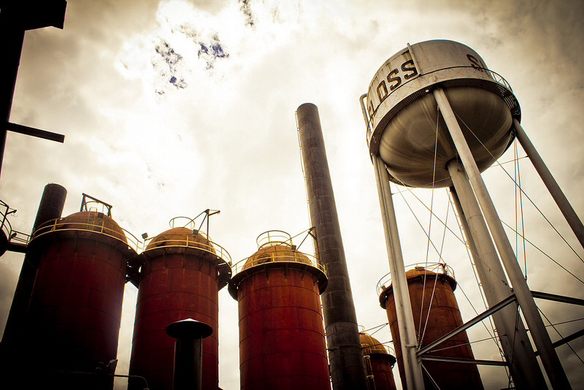

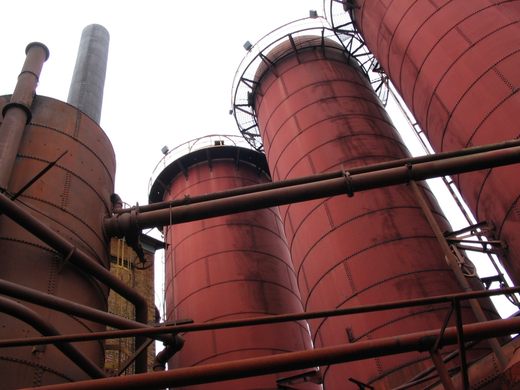



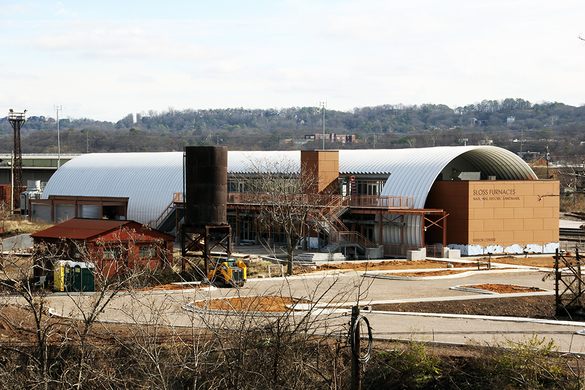
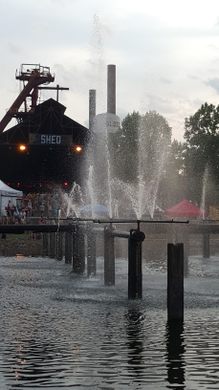
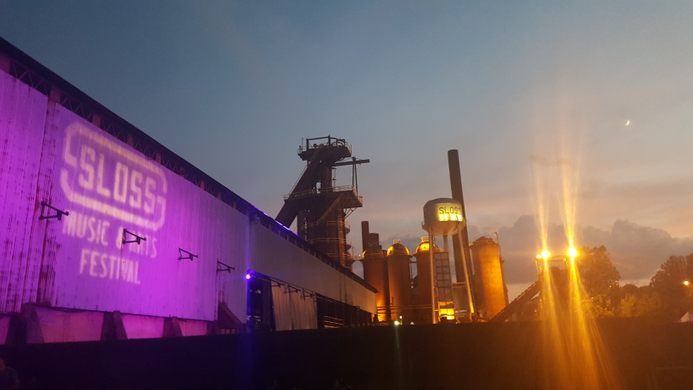
























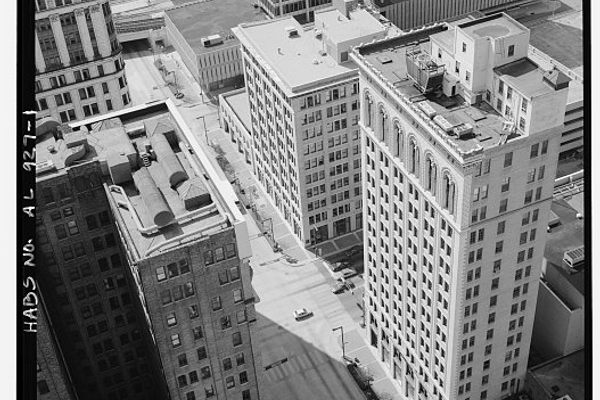




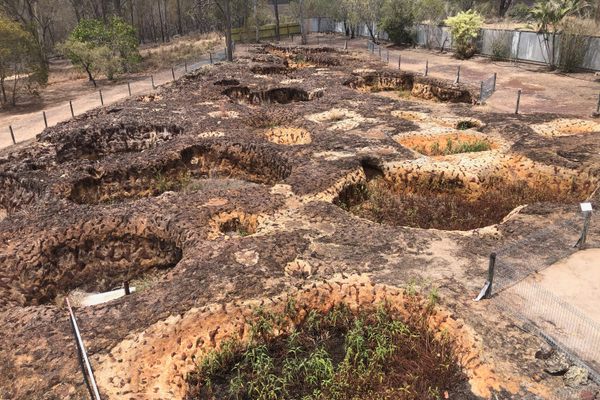


Follow us on Twitter to get the latest on the world's hidden wonders.
Like us on Facebook to get the latest on the world's hidden wonders.
Follow us on Twitter Like us on Facebook